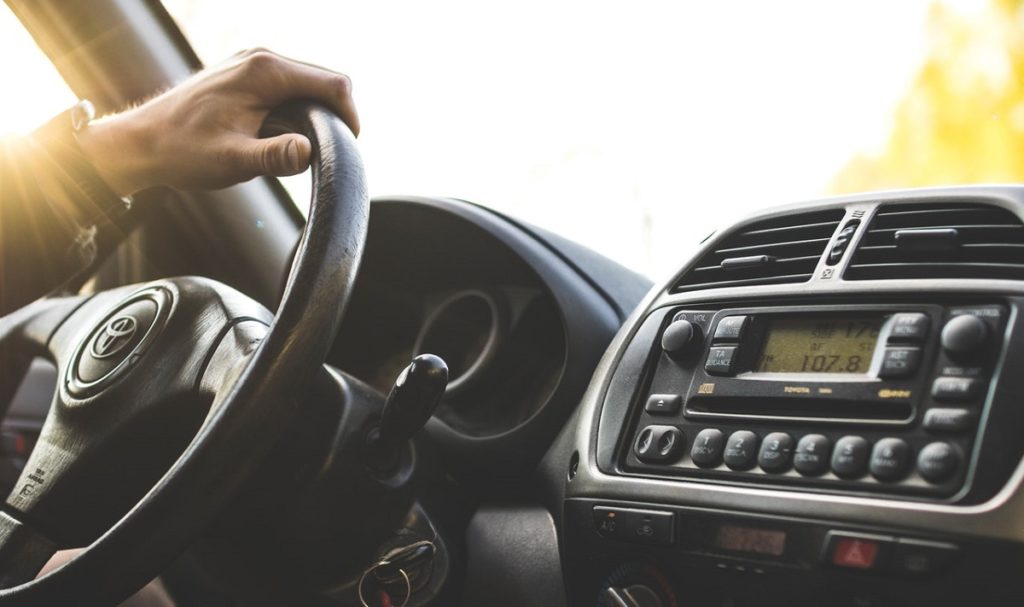Car insurance may be expensive, but if you want to drive your own car, it’s necessary. In the United States, New Hampshire is the only state that doesn’t require car insurance, but it does require proof of financial responsibility. For the other 49 states, however, all drivers need to have an active car insurance policy.
Insurance is necessary in case of any liabilities you incur while on the road. This includes damaging another car, public or private property, or even injuring another person. Your insurance covers the financial relief for the people you’ve injured or the properties you’ve damaged.
But just how much car insurance is necessary? It really depends on factors like what state you live in, how much your assets are, and your driving background.
According to Your State
If you’re thinking about the bare minimum insurance you need, it has to be at least within your state’s minimum level of liability insurance. Each state has its own minimum, so if you really want to pay the least amount of insurance, just make sure you carry your state’s minimum insurance coverage for you to legally drive on the road.
Some states only require a basic insurance coverage for all its drivers, while other states have more expensive and comprehensive requirements. Failure to meet the required minimum can result in fines and jail time and you may be required to pay for the damages out of pocket.
In Illinois, for example, the bare minimum insurance requirement includes:
- $25,000 bodily injury per person per accident
- $50,000 bodily injury for all persons per accident
- $20,000 property damage liability
- $25,000/$50,000 uninsured motorist bodily injury
- $25,000/$50,000 underinsured motorist coverage
- $15,000 with $250 deductible uninsured motorist property damage
While each state has their minimum, it’s recommended that you get additional coverage. Without optional comprehensive and collision coverage, in case that the total damages exceed your insurance, you will be forced to pay for the additional damages with your own money. For example, if you damage a car worth $30,000 in California (where the mandatory minimum liability auto insurance is for $5,000), you’ll be forced to pay the rest of the $25,000 out of pocket.
According to Your Bank or Financer
If you took out a loan to buy your car, it’s highly likely your bank may require you to buy auto insurance much higher than your state’s minimum. This is because third-party financers technically have a stake in your car until you’ve fully paid it off. And while you’re still paying off your car loan, they want to protect their investments with a higher level of coverage.
Expect that your bank will require you to also carry comprehensive and collision coverage with low deductibles and gap insurance. If you don’t have a history of vehicle accidents or tickets from traffic enforcers, the additional coverage may be relatively more affordable. But if you have several traffic violations and a history of vehicular accidents, their required insurance may be higher.
According to Your Financial Assets
Assuming your state’s minimum insurance coverage is lower than this, insurance companies recommend getting a 50/100/50 insurance policy or higher. This includes a $50,000 bodily injury liability coverage per person, a $100,000 bodily injury coverage per incident, and a $50,000 property damage liability per incident.
While you might think that you’re saving by getting a smaller insurance policy, getting the best insurance coverage you can afford offers you plenty of benefits in the future. A low-level insurance coverage is cheaper, but your coverage is usually very small. In case of an accident, you’re responsible for the additional damages not covered by your insurance. You might think that the smaller premiums could have saved you money, but the money you end up paying out of pocket for liabilities can be more than what you saved from premiums because you were underinsured.
How Do I Choose?
You can’t really choose to disregard your state’s minimum insurance coverage because that is the very bare minimum insurance you’re required to have if you want to legally drive in your state. And if you’re taking out a loan for your car, you have to adhere to your bank’s required insurance coverage minimum. Usually, a bank’s insurance requirement is slightly higher than the state minimum.
What you can choose, however, is whether you want to follow these minimums exactly or if you should pay more for better coverage. Choosing the latter is usually the more expensive choice as this involves larger premiums. But in exchange, you get better coverage in case of a accidents which may almost or completely cover your liabilities.
You might think that the most affordable solution is to simply get the bare minimum coverage and then avoid getting into accidents. While it is possible, it’s a very risky financial move because no one can really predict if and when they get into a car accident. A bare minimum insurance coverage can save you a few hundred dollars, If you want to protect yourself and your finances, it’s best to be prepared.











